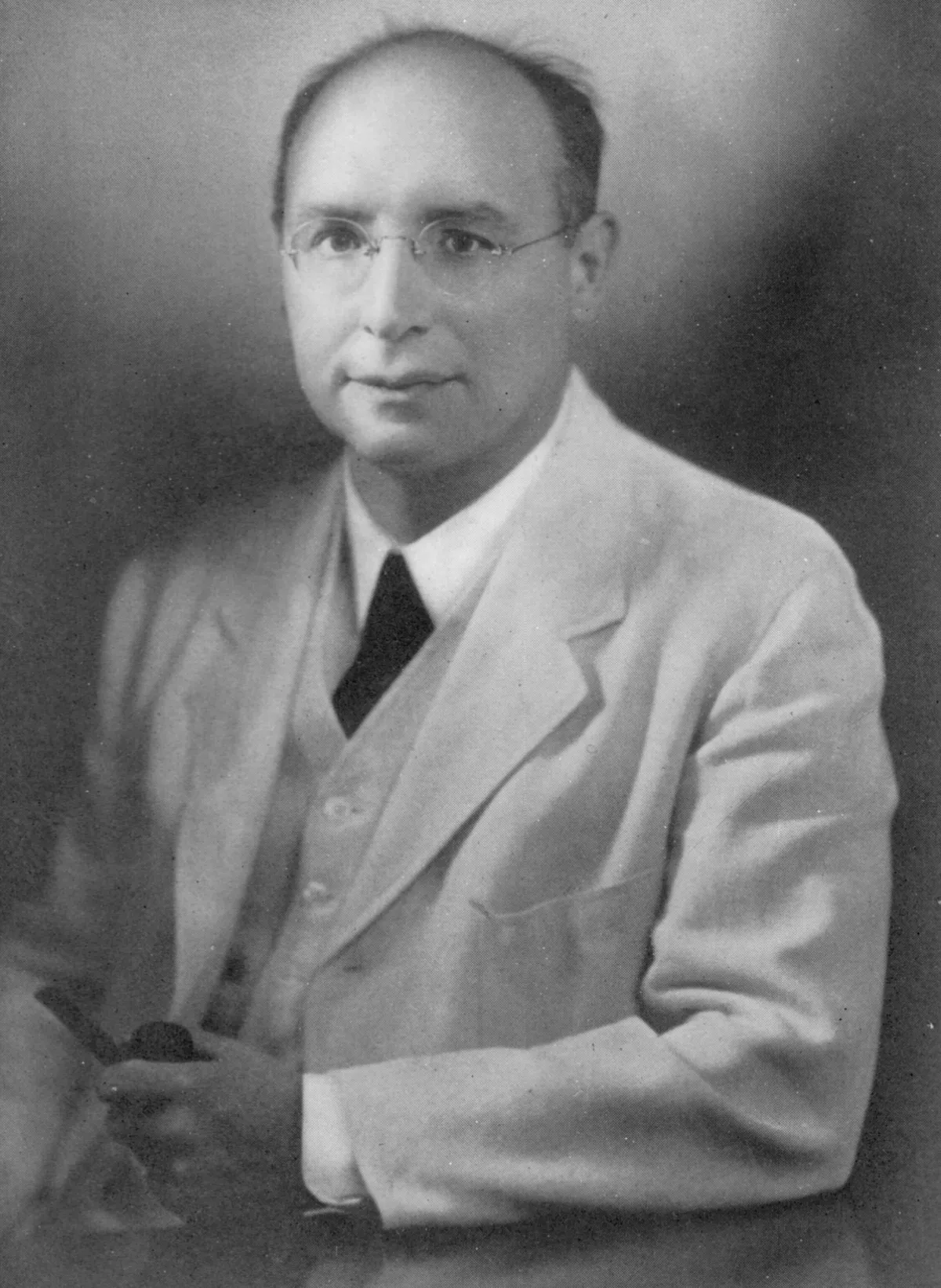 1.
1. George Alfred Leon Sarton was a Belgian-American chemist and historian.

 1.
1. George Alfred Leon Sarton was a Belgian-American chemist and historian.
George Sarton is considered the founder of the discipline of the history of science as an independent field of study.
George Alfred Leon Sarton was born to Leonie Van Halme and Alfred Sarton on August 31,1884 in Ghent, East Flanders, Belgium.
George Sarton enrolled at the University of Ghent in 1902 to study philosophy, but found that the subject did not correspond with his interests and subsequently ceased his studies.
George Sarton graduated with his doctorate in 1911 with a thesis in celestial mechanics.
Shortly after his graduation, on June 22,1911, George Sarton married Elanor Mabel Elwes, an artist and distinguished furniture designer.
Under German occupation, members of the Civil Guard were treated as spies, and George Sarton buried his Civil Guard coat in the garden so he would not be taken up and shot as a spy.
In England, George Sarton worked in the War Office, but he was unable to support a family of three on his salary.
George Sarton left for the United States in search of a position that would enable him to support his family and allow him to complete his dream of writing the History of Science.
George Sarton taught at the University of Illinois in the summer of 1915 and received the award of the Prix Binoux of the Academie des Sciences, Paris, for his work in the history of science.
George Sarton taught at Teachers College at Columbia University during the summer of 1917.
George Sarton supervised just two PhD students in Harvard's history of science program to completion, the first such PhDs in America: Aydin M Sayili and I Bernard Cohen.
George Sarton was a research associate of the Carnegie Institution of Washington from 1919 until 1948.
George Sarton was elected to the American Academy of Arts and Sciences in 1927 and the American Philosophical Society in 1934.
George Sarton intended to complete an exhaustive nine-volume history of science entitled Introduction to the History of Science.
George Sarton began working with the school of Spanish Arabists in 1928, then led by Julian Ribera y Tarrago and Miguel Asin Palacios.
The Spanish Arabists contributed to Isis and George Sarton had some of their articles published in Isis.
George Sarton shared more views in common with the Spanish Arabists than he did with other historians of science.
George Sarton led a group of scholars who acted as patrons to the Spanish.
George Sarton acknowledged that Julian Ribera was the leading Spanish Arabist.
George Sarton was interested and wrote articles on Ribera's research on the transition of Eastern music to the West.
George Sarton later associated his interest in scientific diffusion with Ribera's interest in the transmission of music because in medieval times, music was commonly associated with mathematics and a part of the quadrivium.
George Sarton believed that the Islamic contribution to science was the most "progressive" element in medieval learning and was outraged when Western medieval studies ignored it.
George Sarton had been inspired for his project by his study of Leonardo da Vinci, but he had not reached this period in history before dying.
The George Sarton Medal is the History of Science Society's most prestigious award, given annually since 1955 to honor an outstanding historian of science for lifetime scholarly achievement.
George Sarton was the founder of the society and of its journals Isis and Osiris.